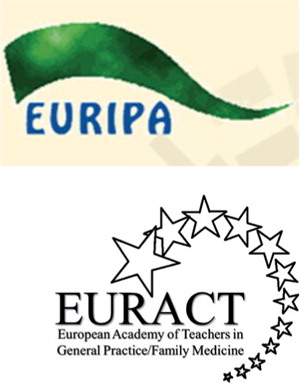
CHANGING FACE OF RURAL PRACTICES
The profile of a rural physician has changed during the last decades. The picture of solo practitioners, mounted on their horses, managing the health care needs of their patients with an evident lack of resources, in which the medical delivery was more or less the unique purpose for their education, has become extinct. Nowadays, rural GPs have become members of healthcare teams and take responsibility in their four core functions: healthcare education for the community in which they serve; preventive medicine; community work; and the proper medical practice delivery.
Rural general practice/family medicine requires the ability of physicians to care for a widely dispersed population with limited or distant access to specialist support and highly technical services. This can involve care of patients with complex and serious illnesses who, in large urban cities, would be managed by a team of specialists. This requires the development and maintenance of additional knowledge and skills that are contextually quite different to that of most urban general practitioner/family physicians.
WHAT IS INTERESTING IN RURAL PRACTICE TO TEACH IN MEDICAL SCHOOLS?
Most of the European medical schools are situated in large cities; most medical students grow up in urban areas, learn little about rural health care needs and experience little or no medical learning in the rural context. This impacts how high school students make decisions about their careers. Specific rural medicine training programmes are important, not only for encouraging more physicians to enter rural practice, but also for providing those with the specific knowledge and skills needed for rural practice. The rural health training has to be conducted to understand a career pathway: the rural pipeline (Citation1). Studies show that pipelined programmes have been highly successful and all contain three core features: a strong institutional mission; the targeted selection of students likely to practice in rural areas, predominantly those with rural backgrounds; and a focus on primary care, especially family practice (Citation2). Involving rural physicians in students’ and residents’ teaching is one way of encouraging physicians to continually update their knowledge and skills (Citation3).
TEACHING IN RURAL PRACTICES
Across Europe, we can find some educational initiatives aimed for rural practice, but which are scarcely part of a compulsory national or international policy. Mandatory educational experiences but with a certain lack of a specific educational programme have been reported in Spain (a three-month rural residency postgraduate compulsory programme), or in Turkey where, until 1995, Turkish physicians completed a two-to-four year rural compulsory service. Considerable amount of work has been carried out outside Europe (Australia, Canada, New Zealand, etc.), and this should be taken in account for future European educational policies.
At the rural post-graduate level, supporting the professional careers of rural physicians requires the provision of integrated educational programmes that focus on specific information and skills (Citation4); there is robust evidence demonstrating that the CME/CPD needs of rural physicians are unique.
CONCLUSION
EURIPA and EURACT believe that rural health training and educational programmes have the capacity to produce a marked enhancement of students’ and practitioners’ skills, knowledge and commitment to work within rural communities. We must encourage the establishment of a specific rural academic infrastructure both at national as well as the European level. Rural medicine living and learning experiences should be implemented as mandatory, most of all in countries with shortage of rural practitioners. Rural medicine education strategies should involve policy-makers, universities and physician scientific societies under a rural proofed point of view. The rural physician should be also encouraged to participate and take decisions in rural health teaching academic departments and networks. Additional support, such as financial and license incentives for CME, should be provided due to long distances to learning centres and the need of a strong capacitation.
REFERENCES
- Henry JA, Edwards BJ, Crotty B. Why do medical graduates choose rural careers? Rural and Remote Health 2009;9:1083 (accessed 27 February 2013).
- Rabinowitz HK, Paynter NP. The role of the medical school in rural graduate medical education: Pipeline or control valve? J Rural Health 2000;16:249–53.
- Rourke J. How can medical schools contribute to the education, recruitment and retention of rural physicians in their region? Bull World Health Organ. 2010; 88:396.
- Curran V, Rourke L, Snow P. A framework for enhancing continuing medical education for rural physicians: A summary of the literature. Med Teach. 2010;32:e501–8.